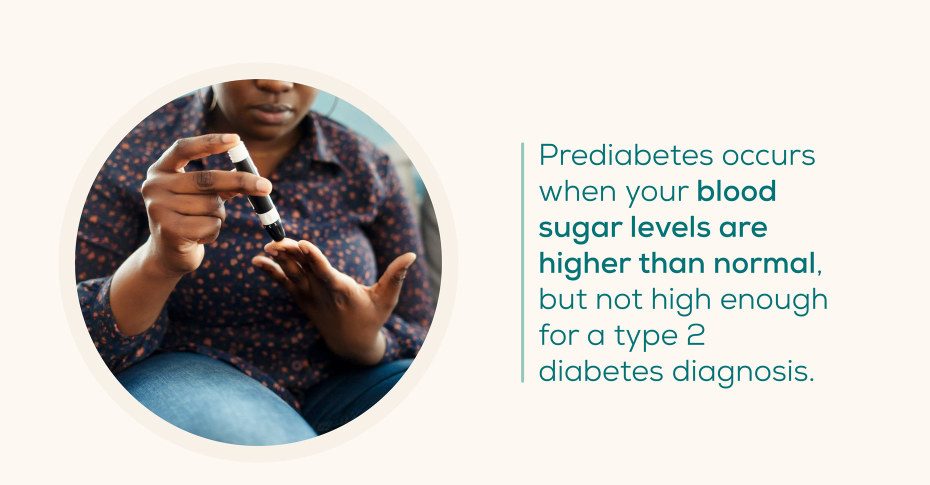About 96 million (1 in 3) adults in the United States have prediabetes. While prediabetes is extremely common, it is a serious health condition that can develop into type 2 diabetes if left untreated. If you think you could have this condition, you might be wondering: What are the warning signs of prediabetes, and is it reversible?
Fortunately, knowing the warning signs can lead to an early diagnosis and reduce the risk of developing type 2 diabetes down the road. Continue reading to learn more about prediabetes, the warning signs, and lifestyle changes that can help reverse it.
What Is Prediabetes?

Prediabetes occurs when blood sugar levels are higher than normal but do not require a type 2 diabetes diagnosis. As a result, people with prediabetes are more likely to develop diabetes if their blood sugar gets too high. High glucose levels associated with prediabetes can also start damaging your blood vessels, heart, and kidneys.
A healthcare provider may diagnose you with prediabetes if you have:
- A hemoglobin A1c test result between 5.7% and 6.4%
- A fasting blood glucose test result between 100 and 125 mg/dL
- An oral glucose tolerance test (OGTT) between 140 and 199 mg/dL two hours after starting the test
In a person who doesn’t have prediabetes, sugar from food enters the bloodstream during the digestion process. The pancreas then makes insulin, which circulates through the blood and allows sugar to enter the cells, lowering blood sugar levels.
If you have prediabetes, the process doesn’t work the same way. Instead, the pancreas either doesn’t make enough insulin, or the cells become resistant to it (insulin resistance). As a result, the sugar in your body doesn’t provide enough fuel for the cells and builds up in the bloodstream, causing high blood sugar.
Receiving a prediabetes diagnosis doesn’t mean that developing diabetes is inevitable. It just means that you have to watch out for the warning signs and take steps to keep your blood sugar levels in check.







